-
Executive Summary
-
Scope of the Report
-
Market Definition
-
Scope of the Study
- Definition
- Research Objective
- Assumptions
- Limitations
-
Research Process
- Primary Research
- Secondary Research
-
Market Size Estimation
-
Forecast Model
-
Market Landscape
-
Porter’s Five Forces Analysis
- Threat of New Entrants
- Bargaining Power of Buyers
- Threat of Substitutes
- Segment Rivalry
- Bargaining Power of Buyers
-
Value Chain/Supply Chain Analysis
-
Market Dynamics
-
Introduction
-
Market Drivers
-
Market Restraints
-
Market Opportunities
-
Global Energy Efficient Building Market, by Building Type
-
Introduction
-
Residential
- Market Estimates & Forecast, 2023-2032
- Market Estimates & Forecast, by Region, 2023-2032
-
Commercial
- Market Estimates & Forecast, 2023-2032
- Market Estimates & Forecast, by Region, 2023-2032
-
Industrial
- Market Estimates & Forecast, 2023-2032
- Market Estimates & Forecast, by Region, 2023-2032
-
Global Energy Efficient Building Market, by Component
-
Introduction
-
Ventilation Systems
- Market Estimates & Forecast, 2023-2032
- Market Estimates & Forecast, by Region, 2023-2032
-
Lighting Technologies
- Market Estimates & Forecast, 2023-2032
- Market Estimates & Forecast, by Region, 2023-2032
-
Energy Management Systems
- Market Estimates & Forecast, 2023-2032
- Market Estimates & Forecast, by Region, 2023-2032
-
Controls
- Market Estimates & Forecast, 2023-2032
- Market Estimates & Forecast, by Region, 2023-2032
-
Global Energy Efficient Building Market, by Region
-
Introduction
-
North America
- Market Estimates & Forecast, 2023-2032
- Market Estimates & Forecast, by Building Type, 2023-2032
- Market Estimates & Forecast, by Component, 2023-2032
- US
- Canada
- Mexico
-
Europe
- Market Estimates & Forecast, 2023-2032
- Market Estimates & Forecast, by Building Type, 2023-2032
- Market Estimates & Forecast, by Component, 2023-2032
- UK
- Germany
- France
- Italy
- Rest of Europe
-
Asia-Pacific
- Market Estimates & Forecast, 2023-2032
- Market Estimates & Forecast, by Building Type, 2023-2032
- Market Estimates & Forecast, by Component, 2023-2032
- China
- Japan
- India
- Rest of Asia-Pacific
-
Middle East & Africa
- Market Estimates & Forecast, 2023-2032
- Market Estimates & Forecast, by Building Type, 2023-2032
- Market Estimates & Forecast, by Component, 2023-2032
- Saudi Arabia
- UAE
- South Africa
- Rest of the Middle East & Africa
-
South America
- Market Estimates & Forecast, 2023-2032
- Market Estimates & Forecast, by Building Type, 2023-2032
- Market Estimates & Forecast, by Component, 2023-2032
- Argentina
- Brazil
- Rest of South America
-
Competitive Landscape
-
Company Profile
-
Cleantech Group
- Company Overview
- Products/Services Offered
- Financial Overview
- Key Developments
- Key Strategies
- SWOT Analysis
-
Johnson Controls
- Company Overview
- Products/Services Offered
- Financial Overview
- Key Developments
- Key Strategies
- SWOT Analysis
-
Ameresco Inc.
- Company Overview
- Products/Services Offered
- Financial Overview
- Key Developments
- Key Strategies
- SWOT Analysis
-
Serious Energy Inc.
- Company Overview
- Products/Services Offered
- Financial Overview
- Key Developments
- Key Strategies
- SWOT Analysis
-
Knauf Insulation
- Company Overview
- Products/Services Offered
- Financial Overview
- Key Developments
- Key Strategies
- SWOT Analysis
-
Architectural Energy Corporation
- Company Overview
- Products/Services Offered
- Financial Overview
- Key Developments
- Key Strategies
- SWOT Analysis
-
KMC Controls Inc.
- Company Overview
- Products/Services Offered
- Financial Overview
- Key Developments
- Key Strategies
- SWOT Analysis
-
-
List of Tables
-
Global Energy Efficient Building Market, by Region, 2023-2032
-
North America: Global Energy Efficient Building Market, by Country, 2023-2032
-
Europe: Global Energy Efficient Building Market, by Country, 2023-2032
-
Asia-Pacific: Global Energy Efficient Building Market, by Country, 2023-2032
-
Middle East & Africa: Global Energy Efficient Building Market, by Country, 2023-2032
-
South America: Global Energy Efficient Building Market, by Country, 2023-2032
-
Global Energy Efficient Building Market, by Building Type, by Region, 2023-2032
-
North America: Global Energy Efficient Building Market, by Building Type, by Country,
-
Europe: Global Energy Efficient Building Market, by Building Type, by Country, 2023-2032
-
Asia-Pacific: Global Energy Efficient Building Market, by Building Type, by Country,
-
Middle East & Africa: Global Energy Efficient Building Market, by Building Type, by Country, 2023-2032
-
South America: Global Energy Efficient Building Market, by Building Type, by Country, 2025-2034
-
Global Energy Efficient Building Market, by Component, by Region, 2023-2032
-
North America: Global Energy Efficient Building Market, by Component, by Country, 2023-2032
-
Europe: Global Energy Efficient Building Market, by Component, by Country, 2023-2032
-
Asia-Pacific: Global Energy Efficient Building Market, by Component, by Country, 2023-2032
-
Middle East & Africa: Global Energy Efficient Building Market by Component, by Country, 2023-2032
-
South America: Global Energy Efficient Building Market by Component, by Country, 2025-2034
-
Global Energy Efficient Building Market, by Region, 2023-2032
-
Global Energy Efficient Building Market, by Building, 2023-2032
-
Global Energy Efficient Building Market, by Component, 2023-2032
-
North America: Global Energy Efficient Building Market, by Country
-
North America: Global Energy Efficient Building Market, by Building Type
-
North America: Global Energy Efficient Building Market, by Component
-
Europe: Global Energy Efficient Building Market, by Country
-
Europe: Global Energy Efficient Building Market, by Building Type
-
Europe: Global Energy Efficient Building Market, by Component
-
Asia-Pacific: Global Energy Efficient Building Market, by Country
-
Asia-Pacific: Global Energy Efficient Building Market, by Building Type
-
Asia-Pacific: Global Energy Efficient Building Market, by Component
-
Middle East & Africa: Global Energy Efficient Building Market, by Country
-
Middle East & Africa: Global Energy Efficient Building Market, by Building Type
-
Middle East & Africa: Global Energy Efficient Building Market, by Component
-
South America: Global Energy Efficient Building Market, by Country
-
South America: Global Energy Efficient Building Market, by Building Type
-
South America: Global Energy Efficient Building Market, by Component
-
-
List of Figures
-
Research Process of MRFR
-
Top-Down and Bottom-Up Approach
-
Market Dynamics
-
Impact Analysis: Market Drivers
-
Impact Analysis: Market Restraints
-
Porter’s Five Forces Analysis
-
Value Chain Analysis
-
Global Energy Efficient Building Market Share, by Building Type, 2022 (%)
-
Global Energy Efficient Building Market, by Building Type, 2023-2032 (USD BILLION)
-
Global Energy Efficient Building Market Share, by Component, 2022 (%)
-
Global Energy Efficient Building Market, by Component, 2023-2032 (USD BILLION)
-
Global Energy Efficient Building Market Share (%), by Region, 2022
-
Global Energy Efficient Building Market, by Region, 2023-2032 (USD BILLION)
-
North America: Global Energy Efficient Building Market Share (%), 2022
-
Europe: Global Energy Efficient Building Market Share (%), 2022
-
Europe: Global Energy Efficient Building Market, by Country, 2023-2032 (USD BILLION)
-
North America: Global Energy Efficient Building Market by Country, 2023-2032 (USD BILLION) Asia-Pacific: Global Energy Efficient Building Market Share (%), 2022
-
Asia-Pacific: Global Energy Efficient Building Market, by Country, 2023-2032 (USD BILLION)
-
Middle East & Africa: Global Energy Efficient Building Market Share (%), 2022
-
Middle East & Africa: Global Energy Efficient Building Market, by Country, 2023-2032
-
South America: Global Energy Efficient Building Market Share (%), 2022
-
South America: Global Energy Efficient Building Market, by Country, 2023-2032 (USD BILLION)
-
"
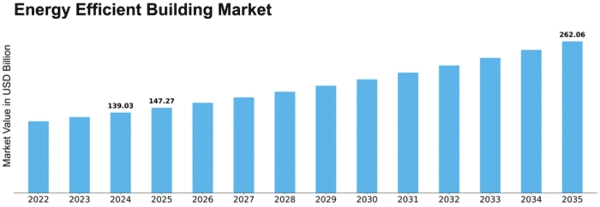

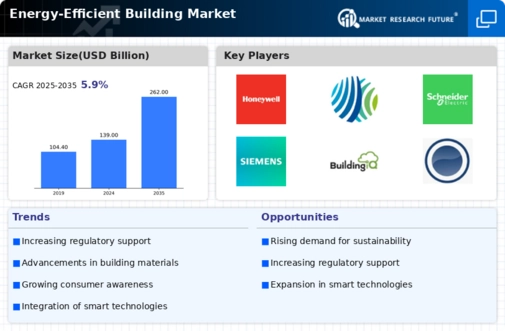
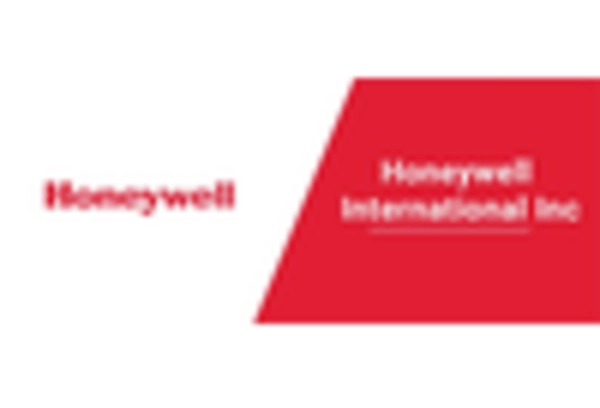

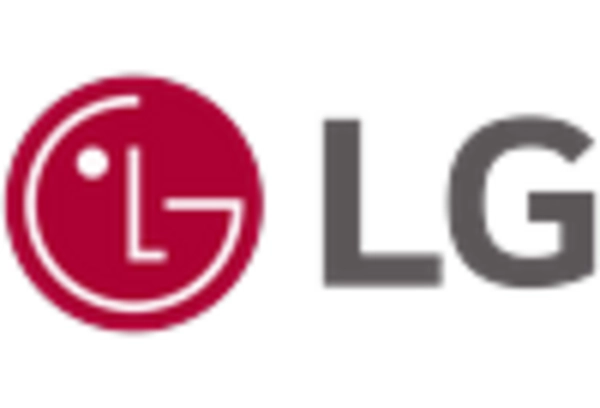
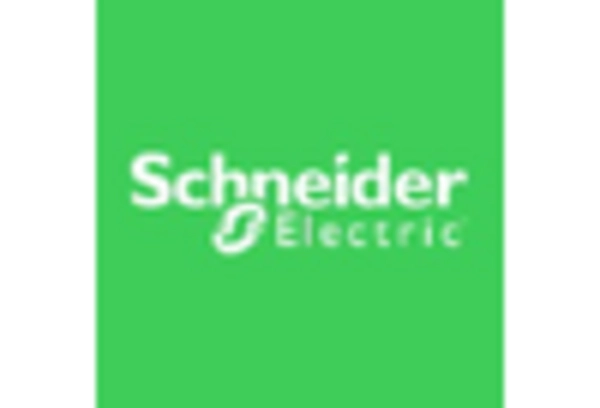

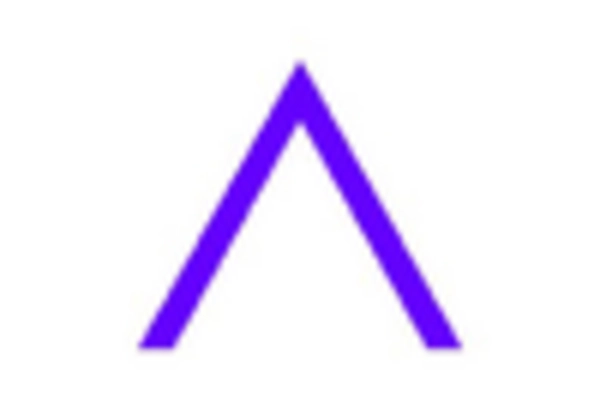









Leave a Comment